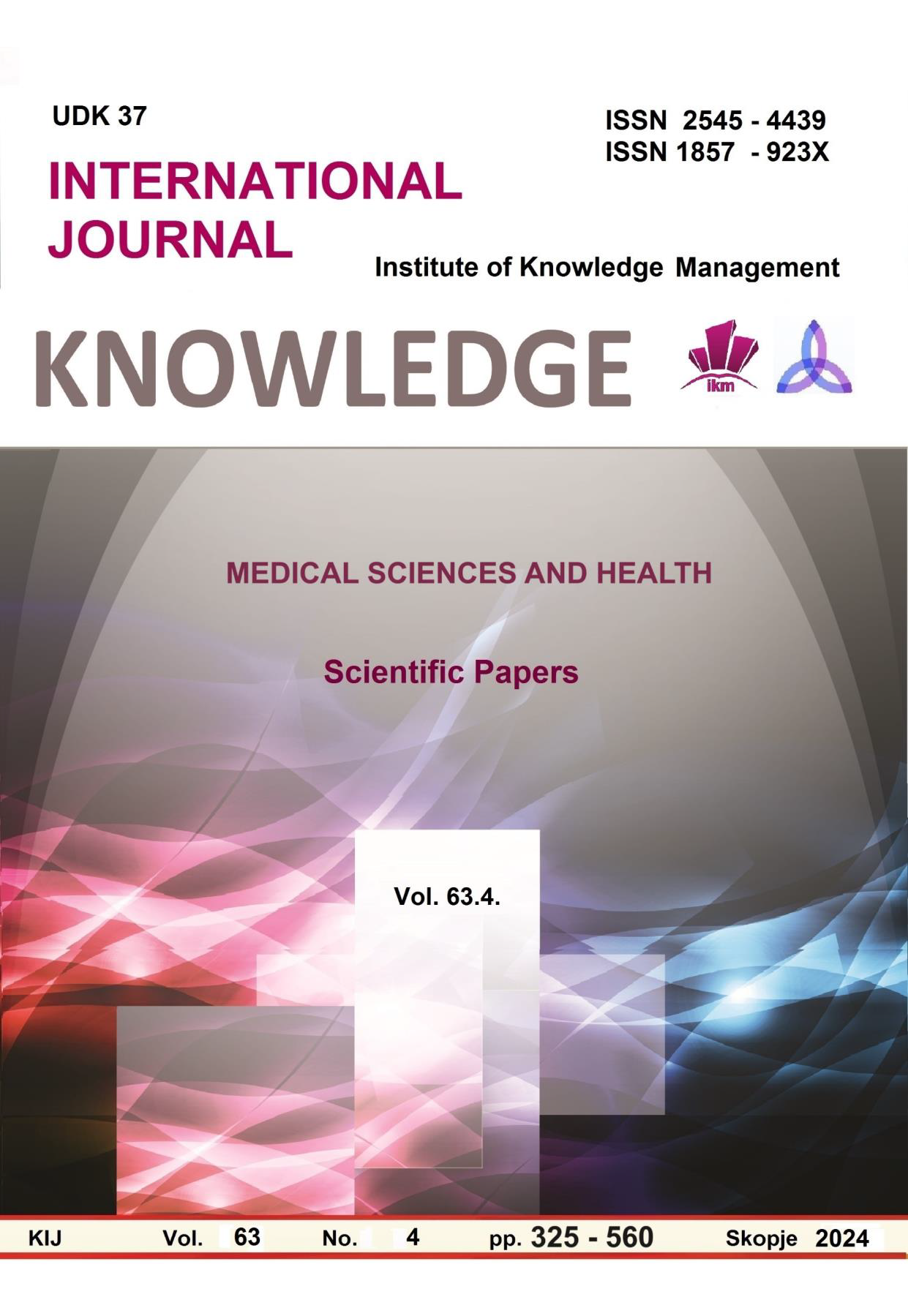РОД KLEBSIELLA – ПРИЧИНИТЕЛ НА ОПОРТЮНИСТИЧНИ ИНФЕКЦИИ
KLEBSIELLA GENUS – CAUSE OF OPPORTUNISTIC INFECTIONS
Author(s): Galya Tsvetanova-Kraeva, Albena Cholakidou, Valya KozovaSubject(s): Social Sciences, Health and medicine and law
Published by: Scientific Institute of Management and Knowledge
Keywords: Klebsiella;infections;bacteria;digestive tract
Summary/Abstract: Klebsiella are a genus of bacteria commonly found in nature. In humans, bacteria of this type are often present in parts of the digestive tract where they normally don’t cause problems. Worldwide, Klebsiella pneumoniae and Klebsiella oxytoca are the two strains responsible for a great part of the human diseases. Many Klebsiella infections occur in a hospital setting or in hospitals. In fact, Klebsiella is responsible for 8% of all hospital-acquired infections. People with weakened immune systems and those who have an implanted medical device (such as a urinary catheter or breathing tube) are at greater risk of infection. The widespread use of antibiotics has led to the development of antibiotic-resistant strains of Klebsiella. This genus is becoming one of the most worrying one for experts and scientists not only because it causes numerous infections in various areas, but also because it is less and less responsive to the therapies that used to destroy it until recently. Antibiotic resistance in bacteria is a widespread problem leading to higher costs and longer treatment times for patients. The problem of intrahospital infections usually caused by polyresistant microorganisms is particularly acute. IHIs are widespread and affect about 5-10% of hospitalized patients. Because of this resistance to most antibiotics and their high virulence, some Klebsiella strains can even be fatal for between 40 and 50 percent of infected people, scientists say. In 1882, A. Fritsch isolated a capsular bacterium from a patient suffering from rhinoscleroma. In 1882, K. Friedlander isolated a similar microorganism in a patient with pneumonia, and R. Abel - in a patient with ozena. These microorganisms were united by the German scientist E. Klebs, and in his honour the genus was named Klebsiella. Klebsiella are Gram negative rods. They are located individually, in pairs or in small chains. They are non-motile, do not form spores and have a well-defined polysaccharide capsule which is responsible for the mucous appearance of the colonies and is an important virulence factor. Klebsiella are divided into several species: K. pneumoniae, K. oxytoca, K. terrigena, K. planticola, which are distinguished by their biochemical characteristics. A few years ago, a study showed that Enterobacter aerogenes was more closely related to Klebsiella pneumoniae than to Enterobacter species. Consequently, the bacterium formerly known as Enterobacter aerogenes was renamed to Klebsiella aerogenes. In human pathology, K. pneumonia with the subspecies pneumoniae, ozaenae and rhinoscleromatis is important.
Journal: Knowledge - International Journal
- Issue Year: 63/2024
- Issue No: 4
- Page Range: 383-389
- Page Count: 7
- Language: Bulgarian

